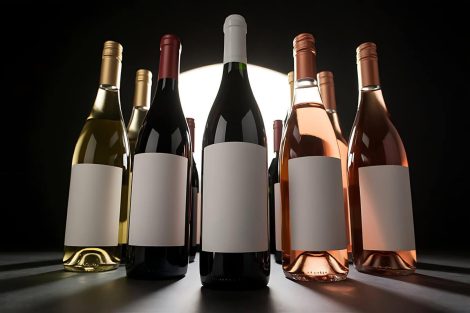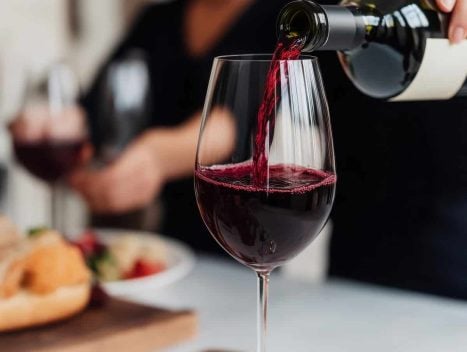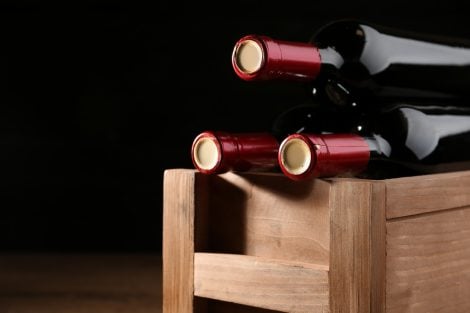by Rudy Travagli
Do you pay attention to choosing the right glass when drinking wine? Each wine should be tasted in its "own" glass, meaning the one with the correct characteristics. Narrow for aromatic wines, wide for full-bodied reds, or with a broad rim for wines with low tannins. Today, we are fortunate to have a wide variety of brands and super-lightweight models available, but consider that the first "glasses" used were made of terracotta or even wood.
Glasses are not just table decorations, or at least not only that; they serve to enhance the wine because each wine requires a specific glass. This way, you will be able to capture the most particular nuances. To impress, keep the following points in mind.
The right glass for each wine: the importance of shape and size
The shape of the glass greatly affects the wine tasting experience. Wider, rounded glasses are ideal for red wines, as they allow the wine to oxygenate and fully develop its aromas. Narrower, elongated glasses, on the other hand, are more suitable for white wines and sparkling wines, as they help maintain freshness and concentrate the bouquet.
The material of the glass can influence the perception of the wine. Crystal glasses are generally considered the best for wine tasting, as they allow for better transmission of sensory characteristics.
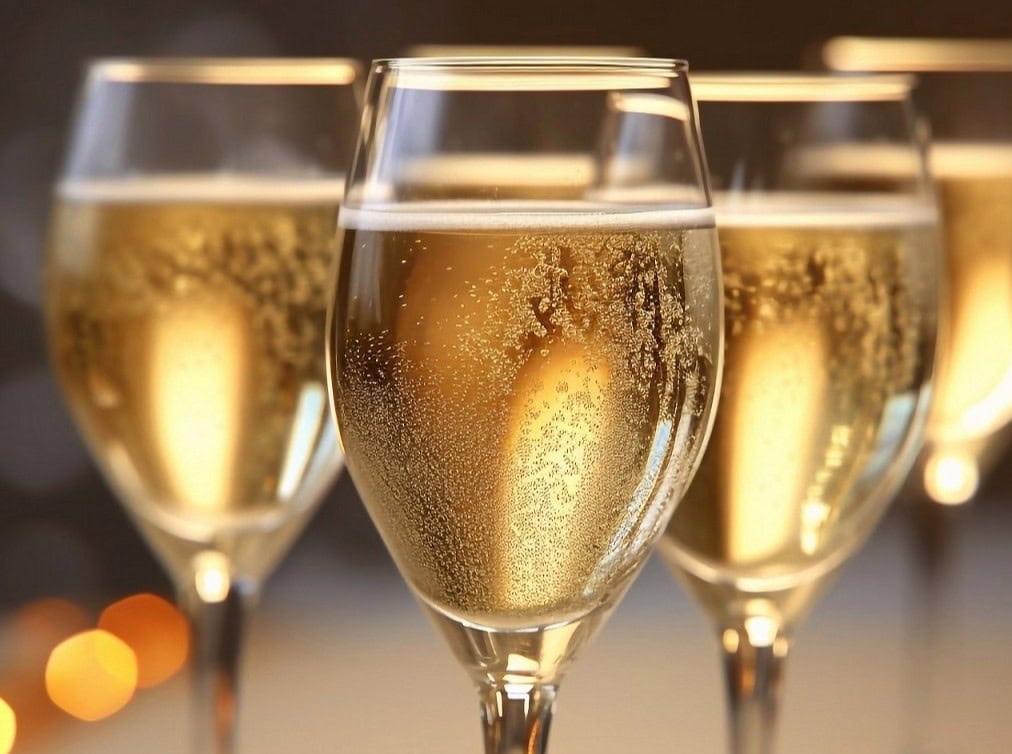
The right glass for each type of wine
For sparkling wines, the classic glass is the flute, with a narrow and elongated shape, although today a wider glass, like that for white wine, is often preferred.
For white or rosé wines, a medium-sized glass is optimal to prevent the aromas from dispersing.
For structured white wines, a slightly wider glass with a slightly flared rim is recommended.
For light red wines, a medium glass, like that for white wines, can be used.
For structured red wines, a tall, wide glass with a narrow opening is best to concentrate the aromas at the nose.
For sweet wines, a small glass with a wide body and narrow opening is ideal to concentrate the aromas and the sweetness on the tongue.
For sparkling sweet wines, the classic coupe is perfect, even though it is old-fashioned, it remains very charming. Some even return to serving Champagne in it, as was done in the past.
So, what is the best way to enhance the wine? Choose the right glass.
Full-bodied reds should not be served in small glasses because they will be limited, and light wines should not be served in large glasses because they will lose their bouquet. Finally, one last recommendation: never fill the glass more than one-third, except for sparkling wines in flutes, which should be filled to four-fifths.
Enjoy your tasting!

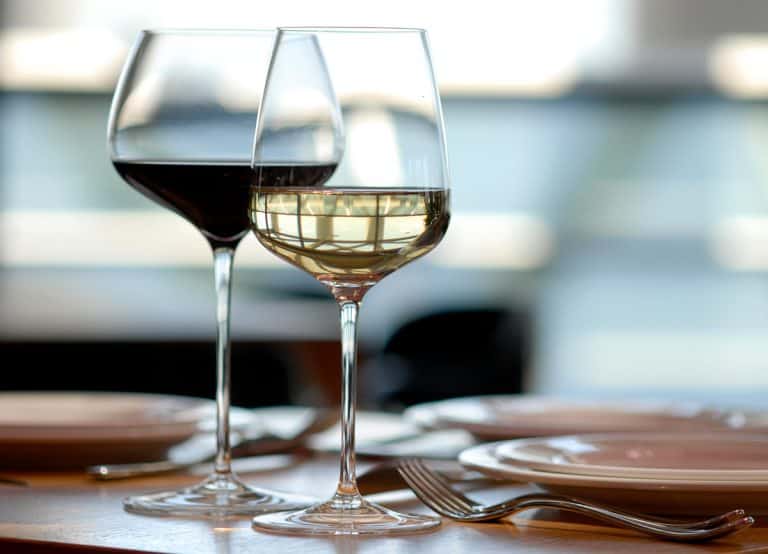
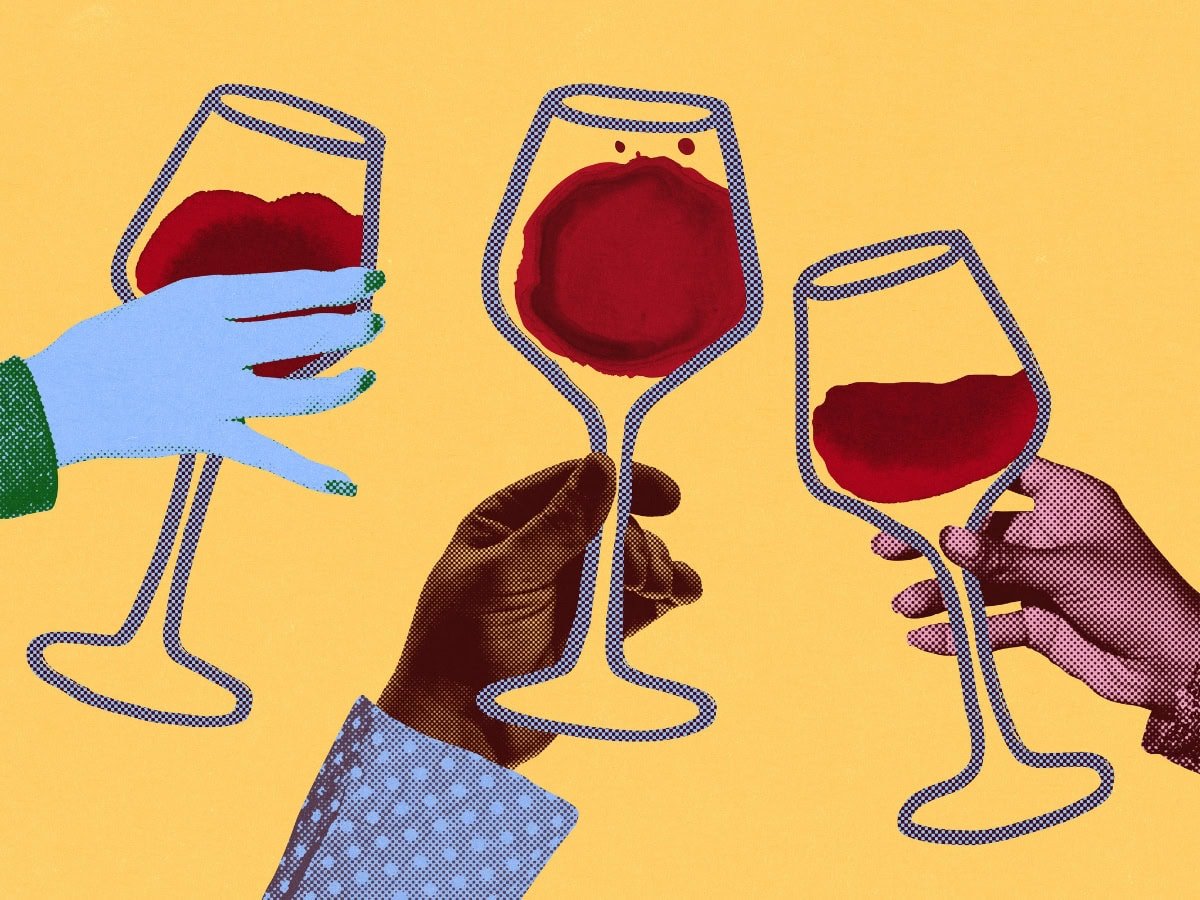 Fewer bottles, more by-the-glass: how to build the wine list of the future
Fewer bottles, more by-the-glass: how to build the wine list of the future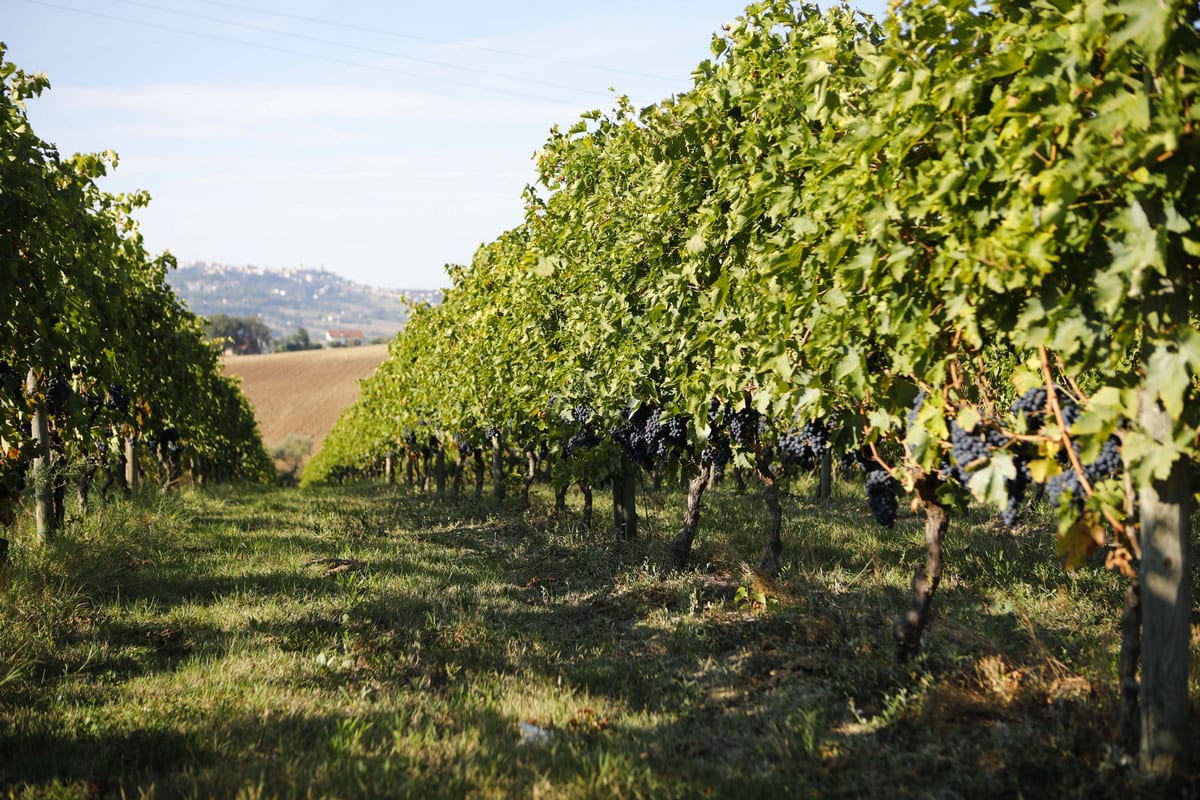 The Moncaro collapse impacts Marche wines. But average price rises
The Moncaro collapse impacts Marche wines. But average price rises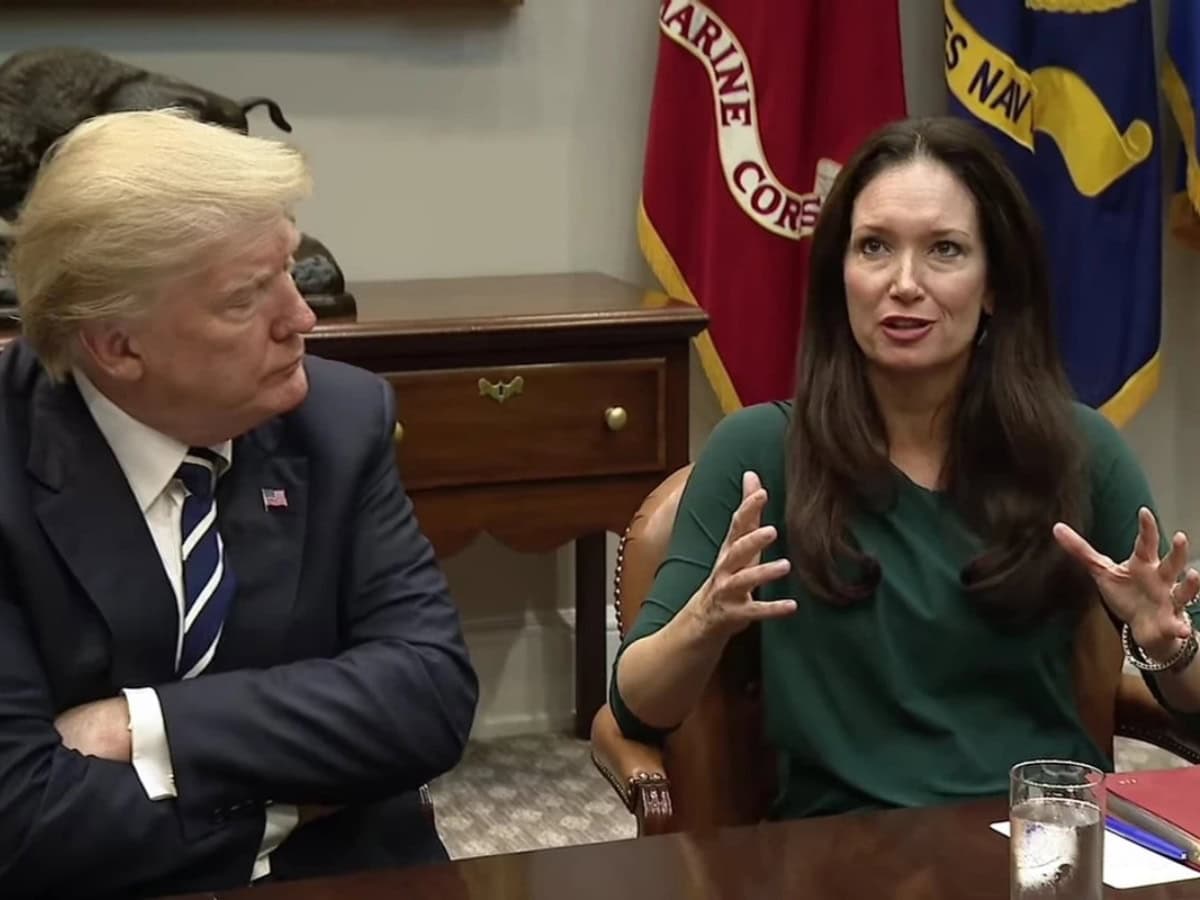 Trump’s first trade war cost Americans $27 billion. USDA analysis
Trump’s first trade war cost Americans $27 billion. USDA analysis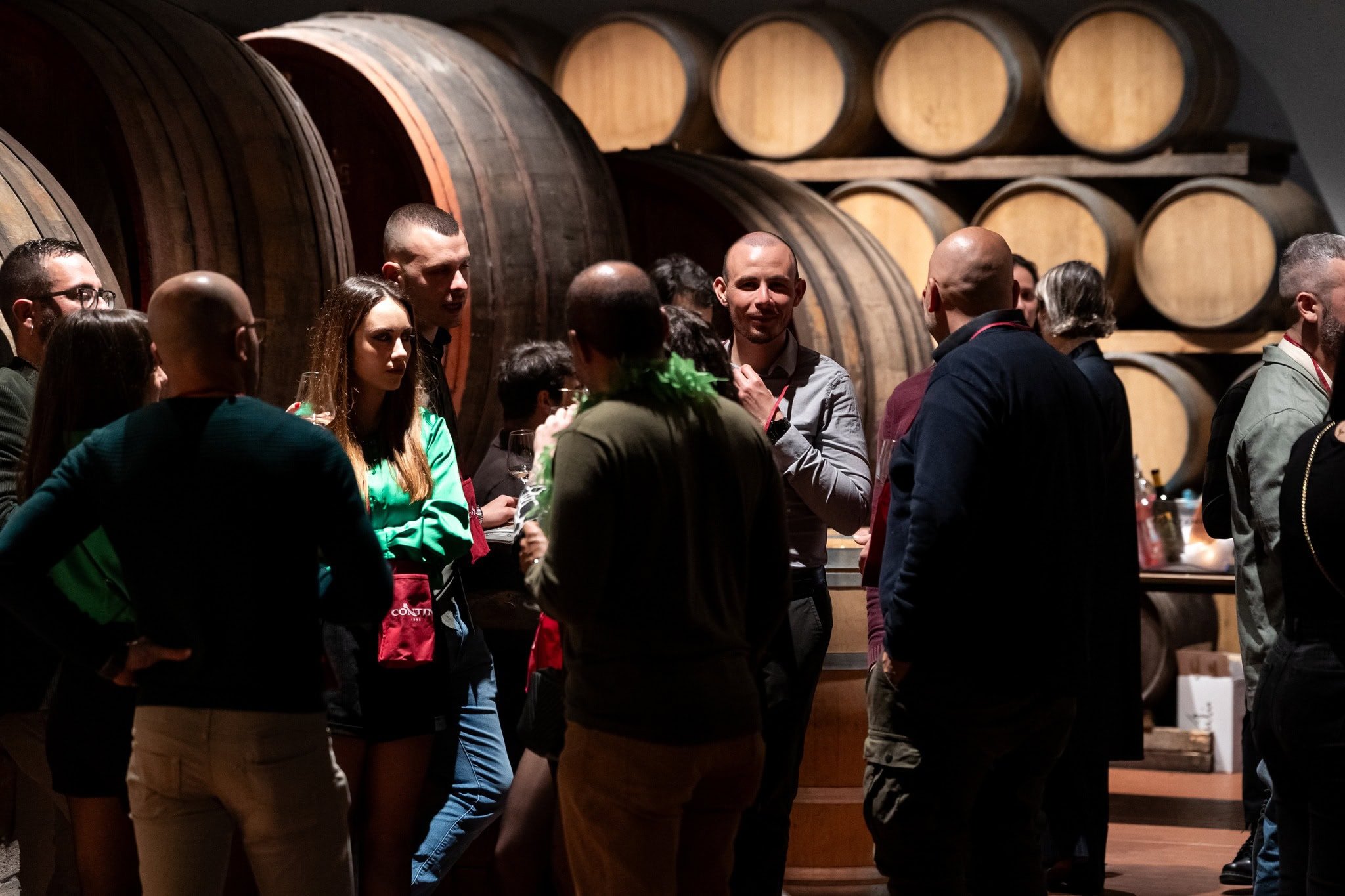 Here are ten Rare Wines you absolutely must try
Here are ten Rare Wines you absolutely must try The “Tariff Vinitaly” closes with 97,000 attendees: one third from abroad. See you on 12 April 2026
The “Tariff Vinitaly” closes with 97,000 attendees: one third from abroad. See you on 12 April 2026

